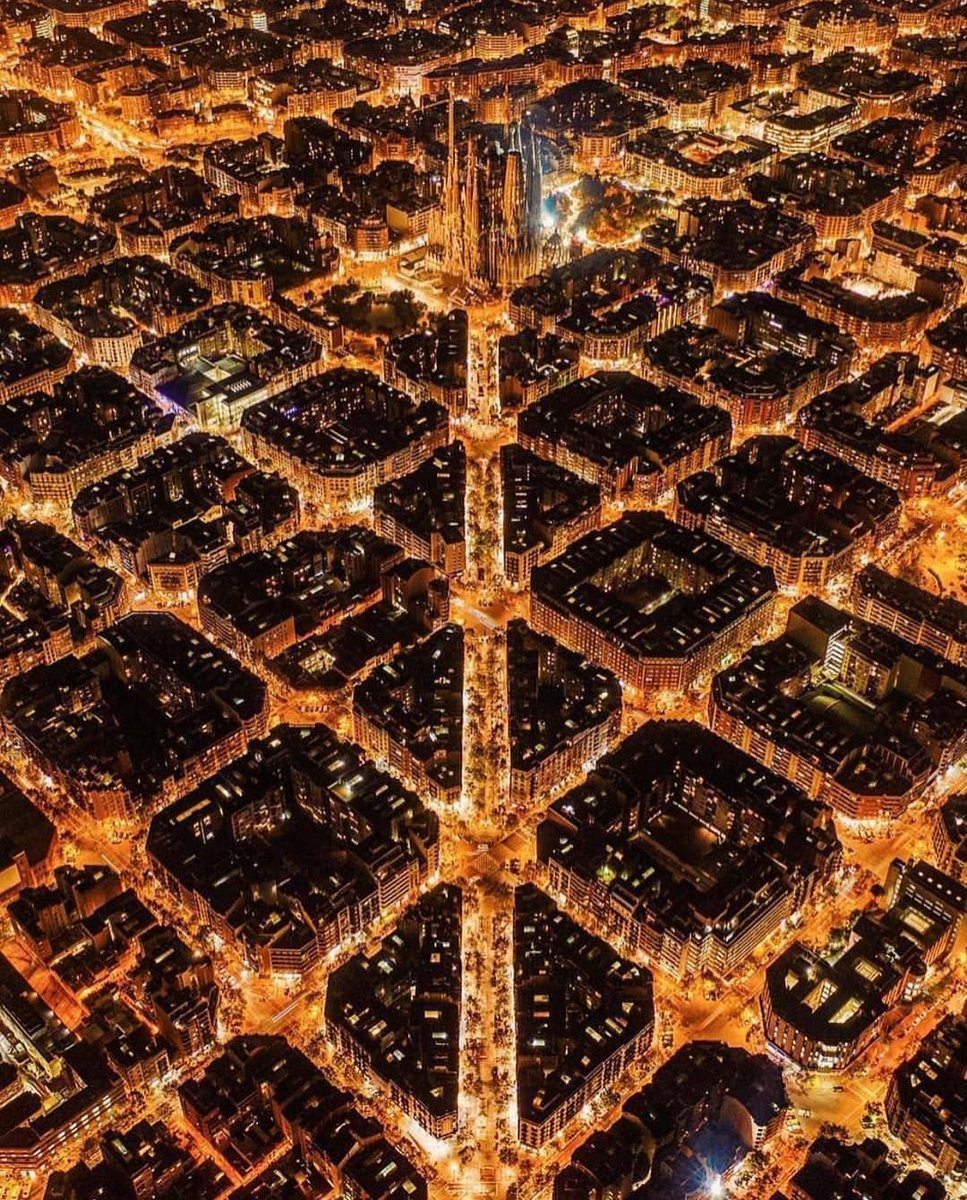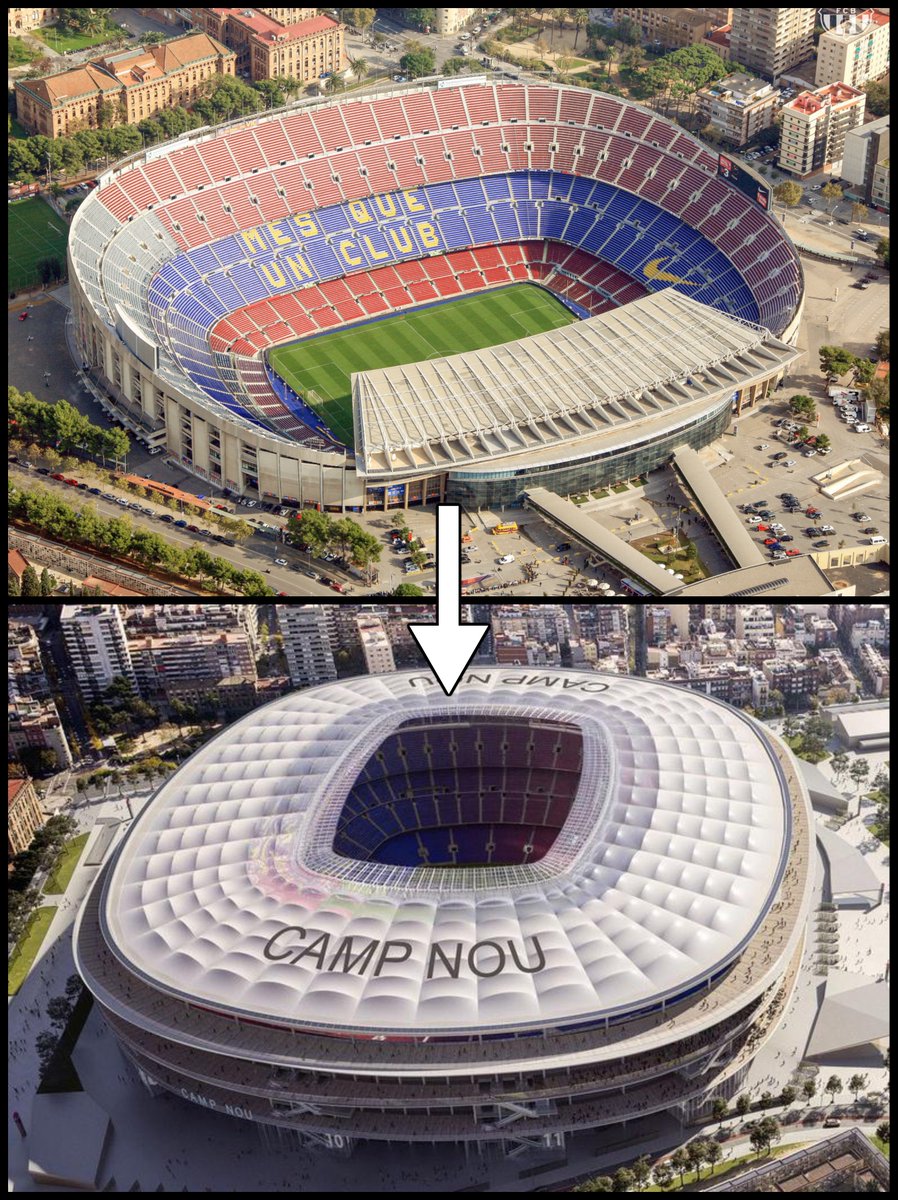In the 19th century Paris was torn down and totally rebuilt according to the urban plan of just two men.
It might be considered one of the world's most beautiful cities now, but people at the time hated this new version of Paris...
It might be considered one of the world's most beautiful cities now, but people at the time hated this new version of Paris...

King Louis-Philippe of France was overthrown in 1848 and two years later Louis-Napoleon, nephew of the legendary Napoleon Bonaparte, was elected as France's first ever President.
Three years later he would stage a coup and, as Napoleon III, become France's final monarch.
Three years later he would stage a coup and, as Napoleon III, become France's final monarch.

Paris had been for centuries, ever since the Dark Ages, one of Europe's foremost cities.
But, by the 19th century and as described most famously in the works of Victor Hugo, Paris had become overcrowded and ravaged by disease - the urban poor were suffering.
But, by the 19th century and as described most famously in the works of Victor Hugo, Paris had become overcrowded and ravaged by disease - the urban poor were suffering.

So Napoleon III formed a grand ambition to totally rebuild the city.
The first man he appointed as Prefect of Seine to carry out his plans wasn't up to the task. And so Napoleon turned to Georges-Eugène Haussmann...
The first man he appointed as Prefect of Seine to carry out his plans wasn't up to the task. And so Napoleon turned to Georges-Eugène Haussmann...

He was immensely talented, uniquely determined, and possessed an extraordinary ability to overcome any obstacle in his way.
And he shared Napoleon's vision for a new, bright, clean, and beautiful Paris - a city where working people could lead decent lives. As the Emperor said:
And he shared Napoleon's vision for a new, bright, clean, and beautiful Paris - a city where working people could lead decent lives. As the Emperor said:

Starting in 1853, Haussman was given free rein by Napoleon to redesign and rebuild Paris.
The core of this urban plan was a system of wide boulevards radiating out from the Arc de Triomphe, intercut by streets and squares, bringing light and better transport to the city.
The core of this urban plan was a system of wide boulevards radiating out from the Arc de Triomphe, intercut by streets and squares, bringing light and better transport to the city.

They annexed the suburbs around Paris, increasing the number of arrondissements from 12 to 20 and the city's population from 400,000 to over 1.5 million.
This was an act of urban planning on a scale never seen before.
This was an act of urban planning on a scale never seen before.

They demolished over 19,000 buildings, containing 120,000 lodgings or apartments, and replaced them with 34,000 new buildings containing over 215,000 apartments and lodgings.
They also demolished hundreds of streets; this is what a typical Parisian street looked like before:
They also demolished hundreds of streets; this is what a typical Parisian street looked like before:

To be replaced by spacious boulevards and streets. Whereas the older streets had been as little as 5 metres wide, the new were at least 12 metres and 24 in some places.
Nowhere captured better than in Camille Pissarro's four paintings of the Boulevard Montmartre, from the 1890s.
Nowhere captured better than in Camille Pissarro's four paintings of the Boulevard Montmartre, from the 1890s.

Haussmann also led the construction of brand new sewers, aqueducts, street lighting, and other public infrastructure.
A reminder of his and Napoleon's deep concern for the working classes of Paris and their living conditions.
A reminder of his and Napoleon's deep concern for the working classes of Paris and their living conditions.

As part of this vast construction programme many new, large-scale projects were commissioned, including new town halls for the arrondissements.
The Paris Opera House, the Gare du Nord, and the Church of St Augustine are just three other examples.
Paris was utterly transformed.


The Paris Opera House, the Gare du Nord, and the Church of St Augustine are just three other examples.
Paris was utterly transformed.



Napoleon, inspired by London, wanted to fill Paris with public parks.
Haussmann created the Bois de Boulogne in the west, the Bois de Vincennes in the east, the Parc des Buttes-Chaumont in the north, and the Parc Montsouris in the south.
600,000 trees were planted in 17 years.

Haussmann created the Bois de Boulogne in the west, the Bois de Vincennes in the east, the Parc des Buttes-Chaumont in the north, and the Parc Montsouris in the south.
600,000 trees were planted in 17 years.


But the most distinctive feature of Haussmann's city-wide renovation is the so-called Haussmann Building.
He imposed strict regulations about how the newly constructed buildings along Paris' boulevards must look, including their height, width, and architecture.
He imposed strict regulations about how the newly constructed buildings along Paris' boulevards must look, including their height, width, and architecture.

Haussmann stressed that they must be built or faced with Lutetian limestone, and ordered that they be repaired at least every ten years.
Hence the uniformity of Parisian architecture - along with its distinctive appearance, balconies and all.
Hence the uniformity of Parisian architecture - along with its distinctive appearance, balconies and all.

What Haussmann wanted was a city in which buildings weren't individual structures but part of a broader, unified whole.
And it's hard to argue that he wasn't successful.
And it's hard to argue that he wasn't successful.

This is the most remarkable thing about Haussmann's renovation - its authoritarian nature.
Taken out of context, the language and rules and totalitarian power of his vast urban reconstruction project sound almost Orwellian.
Taken out of context, the language and rules and totalitarian power of his vast urban reconstruction project sound almost Orwellian.
Le Corbusier himself proposed the Plan Voisin in 1925. It would redevelop a large part of central Paris with 18 identical skyscrapers complete with comprehensive living and working facilities.
Not so different, in its uniformity and absolutism, from Haussmann's plan.
Not so different, in its uniformity and absolutism, from Haussmann's plan.

And yet the result of Haussmann's renovation, backed by Napoleon III and totalitarian in nature, is one of the world's most beloved cities - indeed, Paris has been for a long time and remains the world's number one tourist destination. 

But contemporaries hated Haussmann's work.
On the one hand there were political rivals who disapproved of the vast expenditure, and many members of the public who bemoaned the endless years of disruptive construction works.
On the one hand there were political rivals who disapproved of the vast expenditure, and many members of the public who bemoaned the endless years of disruptive construction works.

And many more disapproved of the great plan of Napoleon and Haussmann on moral and aesthetic grounds.
They thought the old Medieval charm of Paris was being destroyed, and that their renovation was an act of modern desecration.
As the contemporary philosopher Jules Ferry said:
They thought the old Medieval charm of Paris was being destroyed, and that their renovation was an act of modern desecration.
As the contemporary philosopher Jules Ferry said:

The later historian René Héron de Villefosse wrote this about what Haussmann did, accusing him of megalomania and bad taste: 

Napoleon was forced to sack Haussmann under immense public and political pressure, but others continued his work and in 1927 the final stage of the plan was complete.
And so the Paris of today was born (with the notable addition of the equally disliked Eiffel Tower in 1889).
And so the Paris of today was born (with the notable addition of the equally disliked Eiffel Tower in 1889).

A century and a half after Haussmann's dismissal such opposition might seem odd, for there seems to be nothing modern about Paris, notably lacking in skyscrapers and dominated by traditional architecture.
People go there for the reasons Haussmann's opponents derided his work.
People go there for the reasons Haussmann's opponents derided his work.
And so the story of Paris' renovation is instructive for many reasons.
Foremost among them is that, it would seem, a beautiful city *can* be planned. And, further, that everything old or traditional was once startlingly and even scandalously modern.
Foremost among them is that, it would seem, a beautiful city *can* be planned. And, further, that everything old or traditional was once startlingly and even scandalously modern.
• • •
Missing some Tweet in this thread? You can try to
force a refresh





















